This week, we’re taking a look at the life of one of Japan’s most famous artists: Miyazaki Hayao. How did he become as famous as he is, and how do his films reflect the politics of the age he grew up in?
Sources
Newell, Charles. “The Films of Miyazaki Hayao: Shinto, Nature, and the Environment.” Education About Asia 18, No 3 (Winter, 2013)
Kingston, Jeff. “Renewing and Reframing Hiroshima.” The Asia-Pacific Journal 17, No 6 (July 2019)
Napier, Susan. Miyazakiworld: A Life in Art.
Margaret Talbot’s profile “The Auteur of Anime” from the New Yorker.
Coverage from the New York Times and The Diplomat on the reaction to Kaze Tachinu/The Wind Rises.
In case you didn’t believe me about the ‘no cuts’ story.
Images
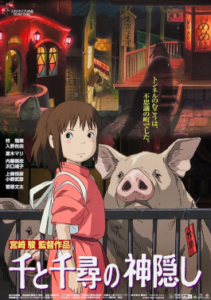
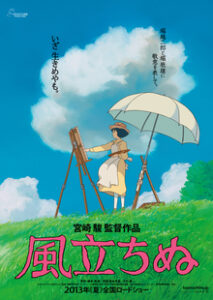
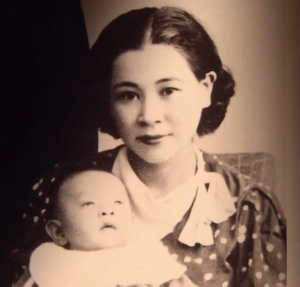
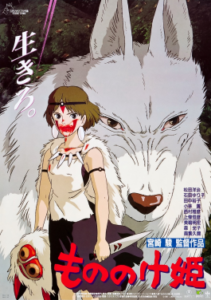

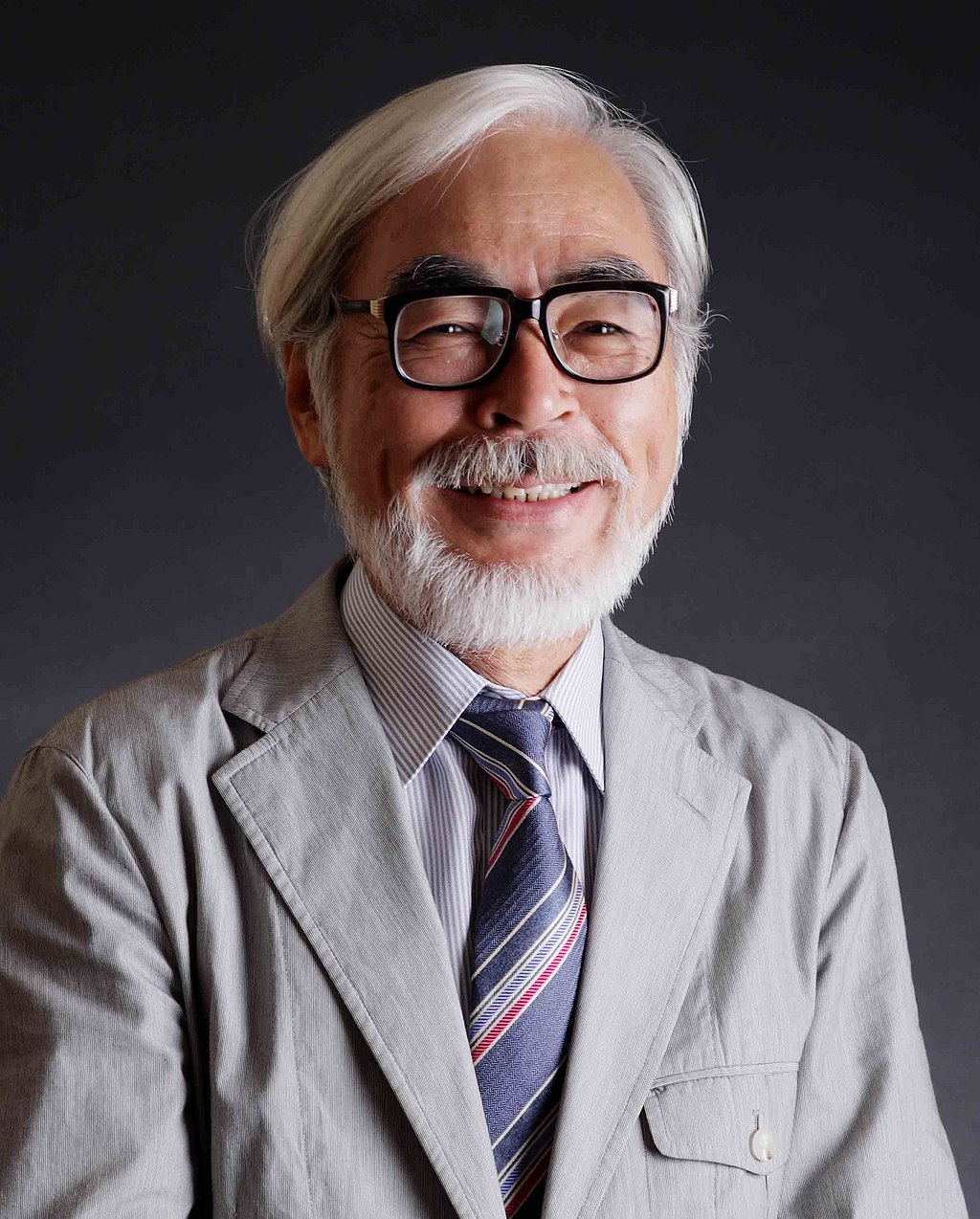
He keeps coming out of retirement for each subsequent Ghibli movie. He’s done it like 3 times now. He’s also a huge Luddite, which I’m surprised you didn’t talk about. Last I heard, he has neither a cell phone nor even a fax machine.
I’m also surprised you never mentioned Grave of the Fireflies when talking about the WWII generation, but I guess that was Isao Takahata. I was also hoping you’d go more into the relationship with his son and their… let’s call it “creative differences.” It has influenced his work. For example, he based Sousuke in Ponyo on his son. He intended it to be some kind of reconciliation. And then the kid goes and makes an awful CGI movie that Miyazaki trashed.